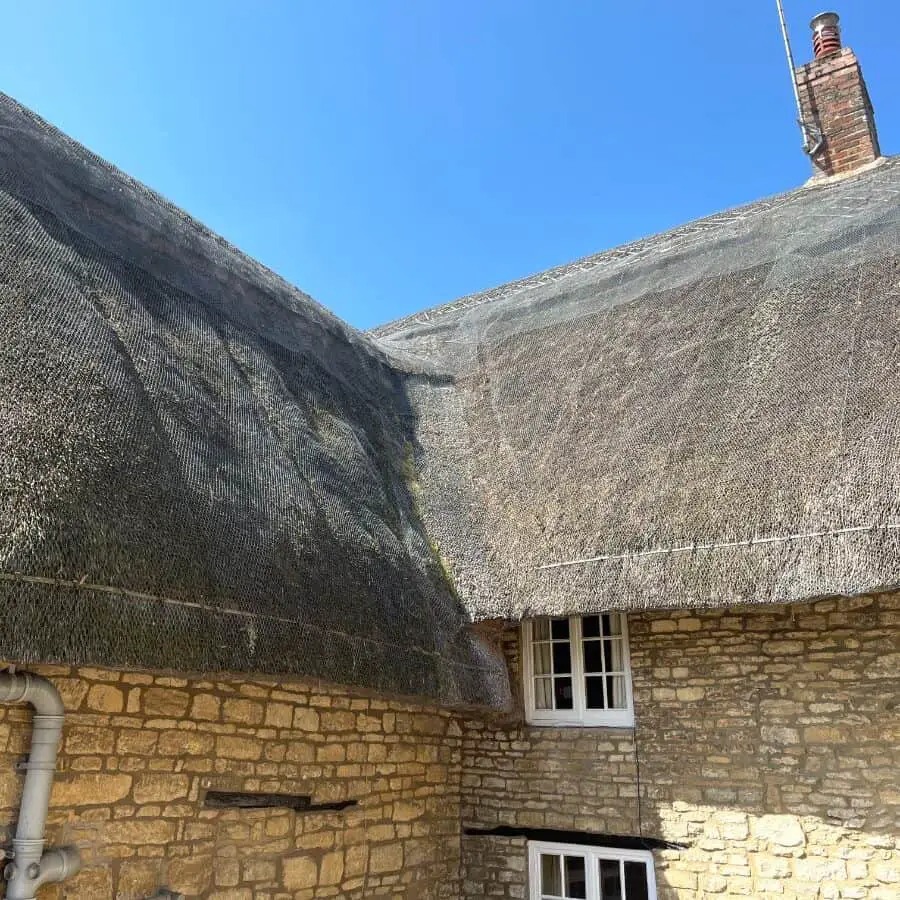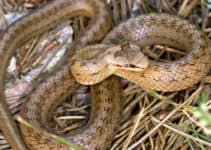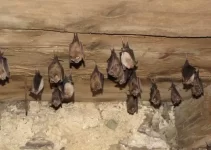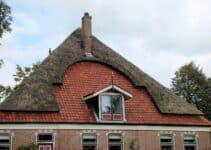Having a log burner in a house with a thatched roof might sound like a bad idea, but there are plenty of procedures in place to minimise risk.
And, considering 75% of thatched properties are listed buildings in the UK, you’re often legally obligated to follow these rules.
In this article, we’ll look at some of the regulations surrounding chimneys on thatched roofs. Knowing these will help you minimise the risk of starting a fire when using your log burner.
What are the Rules for Having a Chimney on a Thatched Roof?
There are rules covering chimney materials, maintenance, and height (the latter of which is discussed below). Chimney maintenance is vital in reducing fire risk, especially when it comes to heat transfer theory.
In short, this is the rate at which the chimney heats up the surrounding thatch. Thatch can combust at 200 degrees C or above, which, according to Royal Berkshire Fire and Rescue, is entirely possible. The linked guide has a helpful graphic to help you understand what this looks like.
You can avoid this in a few ways:
· Ensure your chimney is swept at least twice a year, if not quarterly depending on how often you use it.
· Only ever burn properly seasoned wood with a moisture content below 20%.
· Don’t fit spark arrestors on your chimney. Research has shown they do more harm than good if they get blocked.
· Install bird guards on the top of your chimney to prevent birds from nesting in them.
· Consider installing heat sensors. These are devices fitted in the thatch around the chimney that give an alert if it gets too hot.
· Have a chimney engineer inspect the brickwork and liner to avoid any cracks or leaks. A thatcher should inspect the section hidden inside the thatch when doing any maintenance work.
Aside from these tips, you should regularly clean and maintain your log burner. Doing so helps it burn more efficiently.
While this means it reaches higher temperatures (a risk of combustion), it also reduces the amount of combustible soot and tar that gets deposited in the chimney.
Arguably, this is the greater risk when it comes to fires spreading from the chimney to the surrounding thatch.

Insulating a Chimney in a Thatched Roof
If you’re having work done on your house, or you can reach the section of chimney hidden in the thatch, it might be worth installing some insulation.
There are plenty of kinds available, but something like Rockwool works well. It’s fire-resistant thermal insulation that’ll reduce the spread of heat into the surrounding thatch.
You can also get various flue liners that do a similar job, except they go inside the chimney. Make sure you consult a professional chimney engineer to know what would work best for your stove and roof.
Regulations on Chimney Height on Thatched Roof
The best place to look for information around chimney height on a thatched roof is HETAS – Heating and Equipment Testing and Approval Scheme. According to its regulations, you must know the following about chimneys:
A chimney stack should be 1.8m above the top of the roof thatch. From there, the point of discharge should be either 150mm above the base of the chimney pot or the top of the insulated flue, whichever is greater.
There should also be a minimum of 2.3m horizontally between the chimney and roof inside the attic.
In theory, this should only be relevant to people having new chimneys installed, or substantial work done on an existing chimney.
You might find in some situations, however, that old chimneys don’t comply with existing regulations. This could be because they haven’t had any work done on them since the rules changed, although it’s been a long time.
If this is the case, you’ll need to have the chimney extended as part of any other work you need done.
Also, it’s worth noting that it’s your responsibility as the homeowner to comply with these regulations. A builder/installer should be aware of these regulations, but it’s not their job to ensure you follow them.
Finally, if your thatched property is listed (more likely than not), you should be able to override conservation requirements if your chimney needs extending.
Speak to your conservation officer to see what’s required, but you should be able to submit an application to have this work carried out, even if it goes against listing conventions.
Chimneys On a Thatched Roof
Chimneys on thatched roofs is a fairly regulated process, and for good reason. After all, you don’t want to set fire to your roof!
If you have any questions or concerns about your chimney before you start using it, make sure you find a qualified chimney engineer who’s familiar with the rules around chimneys and thatched roofs.


